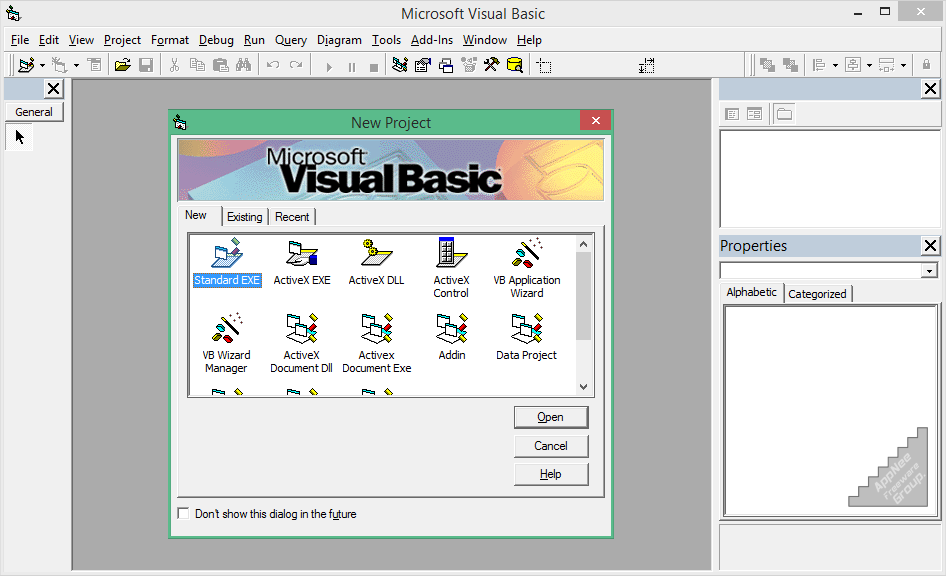

Over time the community of programmers developed third-party components. Visual Basic was derived from BASIC and enables the rapid application development (RAD) of graphical user interface (GUI) applications, access to databases using Data Access Objects, Remote Data Objects, or ActiveX Data Objects, and creation of ActiveX controls and objects.Ī programmer can create an application using the components provided by the Visual Basic program itself. Microsoft intended Visual Basic to be relatively easy to learn and use. The original Visual Basic (also referred to as Classic Visual Basic) is a third-generation event-driven programming language from Microsoft known for its Component Object Model (COM) programming model first released in 1991 and declared legacy during 2008. NET, Visual Basic for Applications, Windows Forms, Gambas, Xojo, Basic4ppc, Basic4android and NS Basic com /en-us /previous-versions /visualstudio /visual-basic-6 /visual-basic-6. You could of course also set up a Virtual PC on Windows 7 if you’re not running the Home Edition.Learn. Once the installation has completed, remove MSJAVA.DLL before Windows Update tries to *really* install MS Java. You do not want this, and it is not necessary, but the installer has to be tricked into thinking it has already been installed to proceed.

Why? When you try and install it without messing around with MSJAVA.DLL, the installer will try and install Microsoft’s *very* out of date Java implementation. – Install Visual Basic from the Visual Studio disks, but only the minimum components to get Visual Basic operational. – Create an empty file, in c:\windows\system32, called MSJAVA.DLL – Get Visual Studio 6.0 (which contains Visual Basic 6.0) If you have a legacy application written in Visual Basic 6.0, you will find it difficult to install Visual Basic 6.0 on recent versions of Windows (Vista, Windows 7, etc) to let you maintain/modify it.


 0 kommentar(er)
0 kommentar(er)
